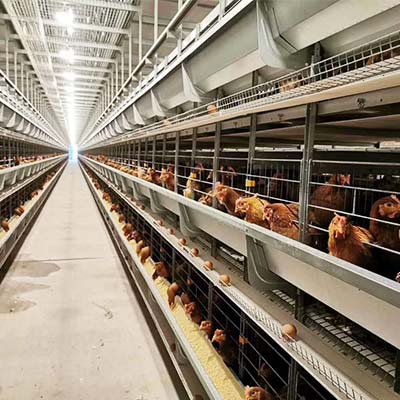How to prevent epidemics in farms using automatic chicken raising equipment?
- Published in Tips for Chicken Breeding
With the development of technology, automatic chicken raising equipment is now used in various chicken farms to raise chickens. This can reduce manual labor and make raising chickens very convenient. In addition, we have encountered such a problem, that is, an epidemic occurred in a certain farm, which caused serious losses. Therefore, after consulting many farmers, chicken cage equipment manufacturers have sorted out some methods on how to prevent epidemics in farms.
First of all, it is necessary to pay attention to the hygienic environment of the chicken house. The person in charge of each farm can formulate a suitable sanitation and disinfection system according to the situation of their own farm. Disinfection measures should also be taken when each staff enters and leaves the chicken house. At the same time, it is necessary to strictly pay attention to the disinfection and sanitation of egg boxes, turnover cages and various chicken raising equipment in the chicken house.

Secondly, before building a chicken farm, you should choose a suitable location. General chicken farms are recommended to be built far away from villages, cities and main roads. Some places with higher terrain and no polluting factories can be selected. Choosing a good site is also an epidemic prevention measure.
In addition, it is necessary to chicken cages for sale reasonably and arrange the automated chicken raising equipment in the chicken house. Keep a safe distance from each coop. Even if there are some problems in one house, it will not affect other houses. At the same time, it is also recommended to keep chickens at different stages of the flock separately. This reduces bacterial growth leading to cross-infection.
The above is how chicken cage equipment manufacturers should use automatic chicken raising equipment to carry out epidemic prevention work. We provide guidance on the sanitary environment of the chicken coop, the location of the chicken farm, and the arrangement of chicken raising equipment. We hope that the above sharing can help poultry farmers raise chickens better.



